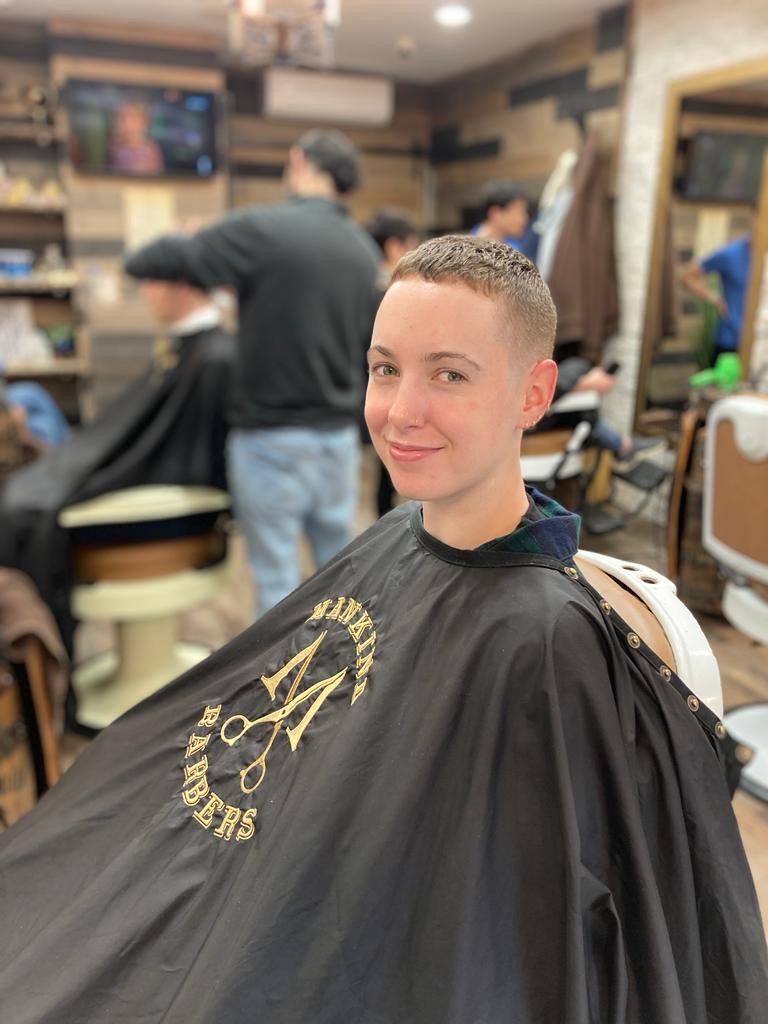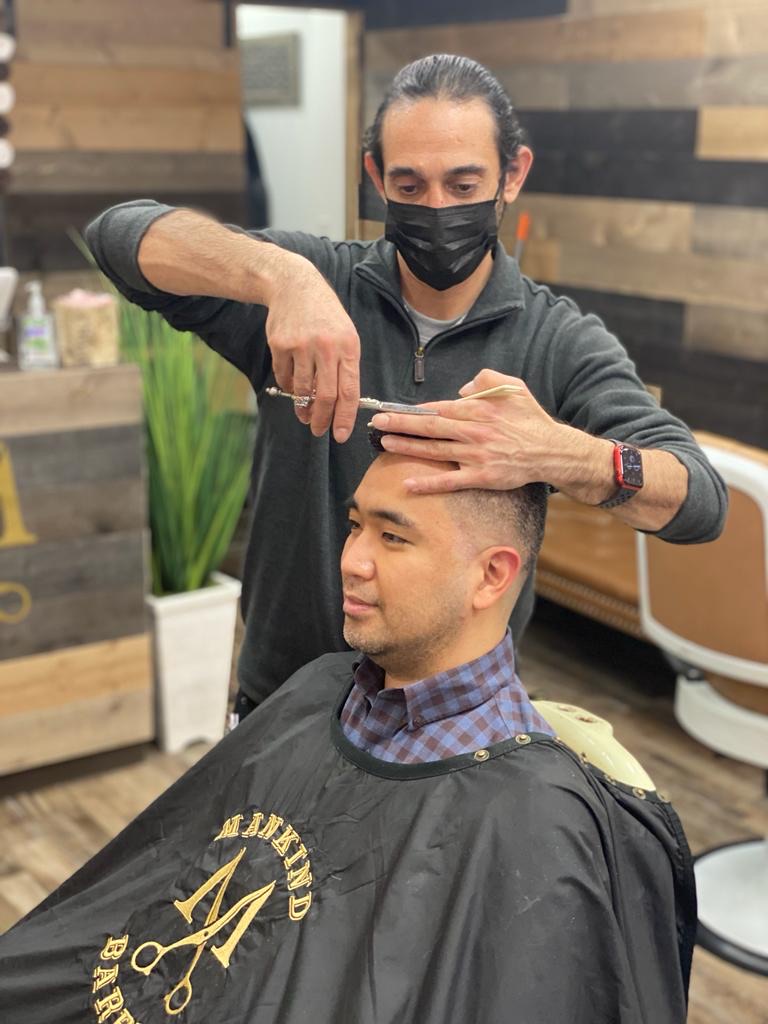Frequently Asked Questions
The key differences between a low fade and a mid fade haircut primarily lie in the placement of the fading gradient and its overall aesthetic impact. A low fade typically begins just above the ears or at the natural hairline, creating a subtle transition that blends into longer lengths on top while maintaining more volume and texture around the sides. This style is often favored for its classic appearance, allowing for versatile styling options like pompadours or textured crops. In contrast, a mid fade starts higher on the head, usually around temple level, offering a more pronounced shift from short to long hair that can enhance facial features and provide sharper lines along the jawline. The mid fade's height allows it to integrate seamlessly with various styles such as quiffs or slicked-back looks while providing an edgier feel compared to its lower counterpart. Both fades serve unique purposes depending on personal preference but are distinguished by their starting points—low versus mid—and how they interact with different hairstyles and face shapes within contemporary barbering trends.
For a high fade hairstyle, versatility is key to adapting the look for various occasions. For casual outings or weekend gatherings, one can opt for a textured top with loose waves styled using sea salt spray to create a relaxed vibe that pairs well with denim jackets and graphic tees. In contrast, for professional settings or formal events, slicking back the hair on top with pomade or gel offers a polished appearance that complements tailored suits and dress shirts. During athletic activities, maintaining the high fade while keeping the top shorter allows for easy maintenance and comfort; applying light styling cream ensures it stays in place without becoming unruly. Additionally, accessorizing with hats like snapbacks or fedoras can enhance personal style while showcasing the clean lines of the fade haircut across any occasion from brunches to business meetings.
Certain face shapes indeed complement specific types of fades, enhancing overall aesthetics and harmony. For instance, individuals with oval faces often find that low fades or mid fades balance their symmetrical features, providing a sleek appearance without overwhelming their natural proportions. Conversely, those with square face shapes tend to favor high fades or skin fades that soften angular jawlines while accentuating strong cheekbones. Round faces usually benefit from undercuts paired with faded sides to elongate the visage, creating an illusion of length and sharpness. Meanwhile, heart-shaped faces can thrive on textured crops coupled with fade styles that add volume at the crown while tapering down around the ears for a refined look. Ultimately, understanding these correlations helps in achieving optimal hairstyles tailored to enhance individual facial structures through strategic fading techniques.
To maintain a faded haircut and keep it looking fresh, regular visits to the barbershop for touch-ups are essential, ideally every three to four weeks. Utilizing high-quality hair products such as pomades or waxes can enhance texture and hold while minimizing frizz. A daily routine that includes gentle cleansing with sulfate-free shampoo followed by moisturizing conditioners helps retain the hair's natural luster without stripping away vital oils. Additionally, implementing a styling regimen that incorporates heat protectants when using tools like blow dryers or straighteners preserves the integrity of both the fade and overall hairstyle. Regularly trimming split ends not only keeps the edges crisp but also promotes healthy growth, ensuring that any fading transition blends seamlessly into longer sections of hair. Finally, considering factors like seasonal changes in humidity can influence maintenance practices; adapting product use accordingly will help sustain vibrancy and prevent dullness over time.
When seeking custom fading techniques such as skin fades or burst fades, it is important for individuals to consider the expertise and specialization of barbers at a given barbershop. Not all establishments may have staff proficient in advanced fading styles, which require precision blending and artistic flair to achieve seamless transitions between lengths. Clients should inquire about the barber's experience with specific fade types, examining portfolios that showcase previous work featuring sharp lines, textured layers, and gradient effects. Additionally, discussing hair type—such as curly versus straight—as well as desired maintenance levels can influence whether a particular barbershop can meet those unique styling needs effectively. Communication regarding personal preferences will help ensure that the barber possesses not only technical skills but also an aesthetic understanding aligned with current trends in men’s grooming practices.

